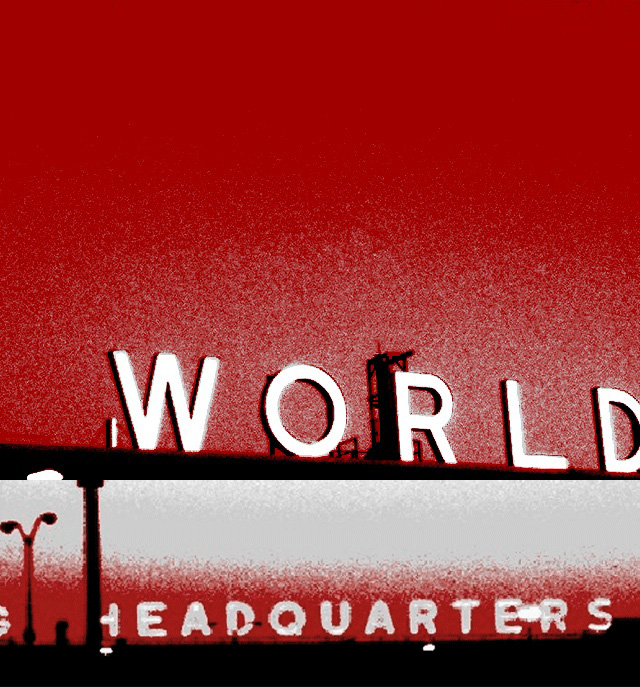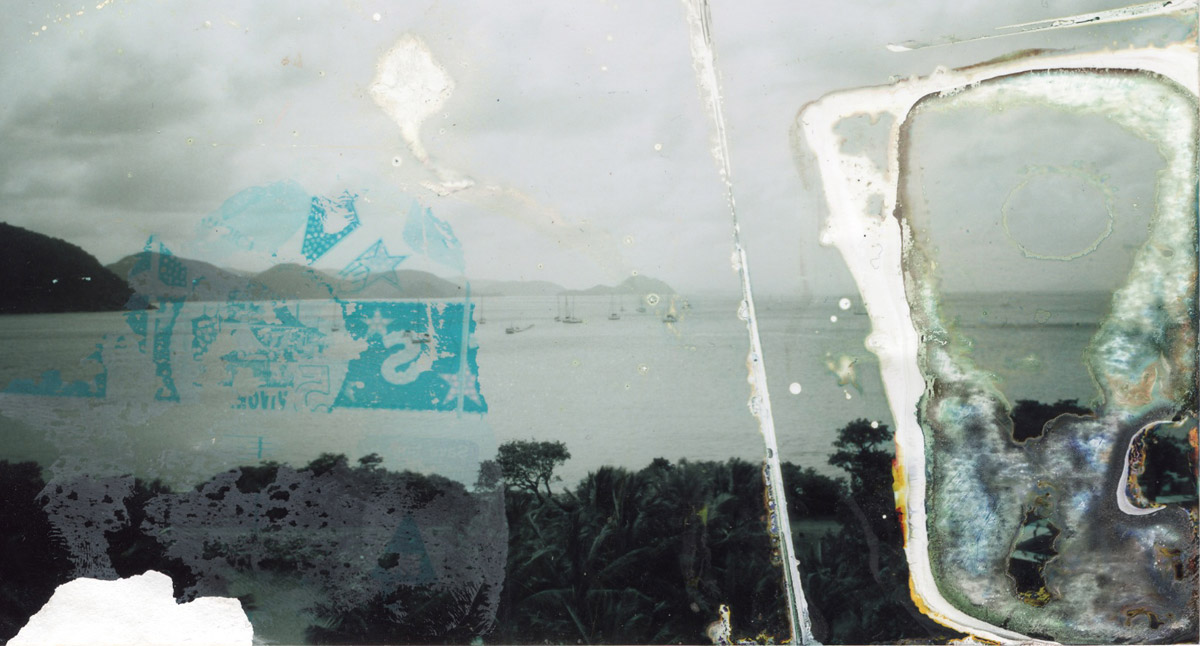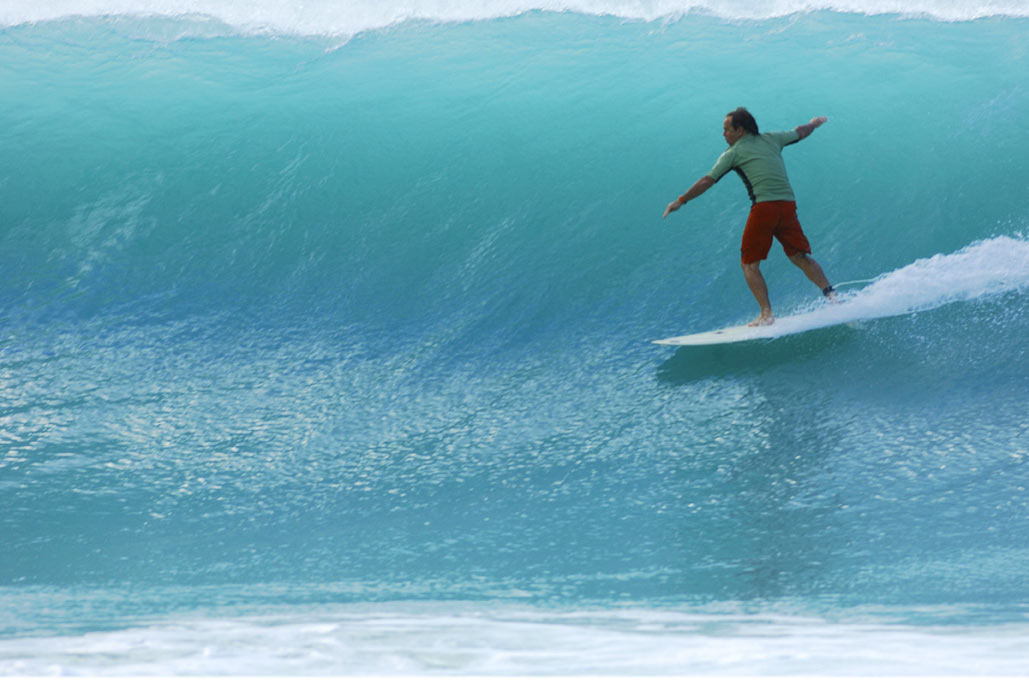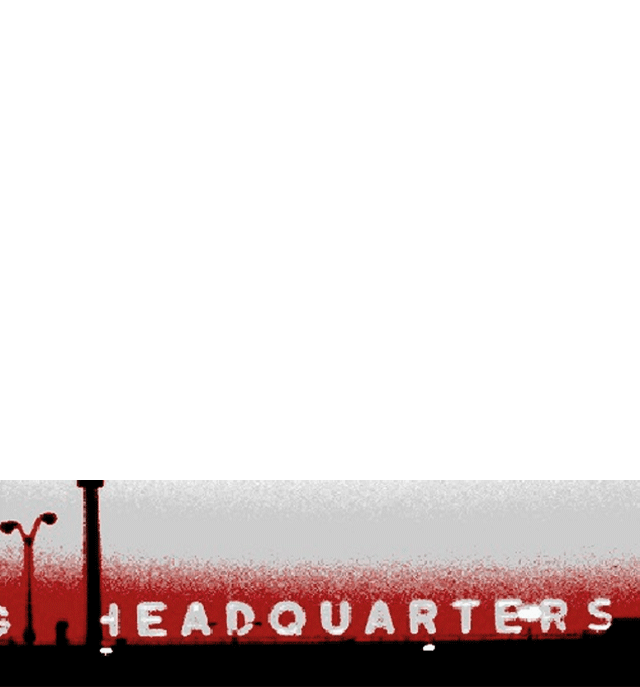






surf culture
SURF CULTURE: Review ‘ESM’

SURF CULTURE: THE ART HISTORY OF SURFING
Review By Mike Fish, ‘ESM’
In last issue’s Surf Art feature (Vol. 12, #88), ESM posed the following question: Surfing-art or sport? A related riddle would be: Ls there a difference between the surfer who makes art and the artist who surfs? The answers to these ambiguous musings certainly don’t come easy, but the newly released print masterpiece Surf Culture: The Art History of Surfing dips deep below the surface to explore the relationship between the two different- yet ultimately related-forms of expression.
This book is truly one of a kind-but in many different ways. Realistically, you could write three separate reviews for Surf Culture, from the standpoints of literary topic, photography, and layout. Encased in a top-quality binding, it’s a vast historical reference; a photographical tour-de-force; and a portable art gallery in your hands. Pour all that into multimedia award winner David Carson’s legendary design blender, and you’re sipping one hell of a verbal and visual cocktail-and a potent one at that. It’s a lot to digest for even the most sophisticated palate. But take your time and imbibe slowly, because if you savor each sentence, piece of imagery, and mind-blowing layout-you’ll definitely close the pages satisfied… and even a little buzzed.
From the 200-pound balsa planks and romantic curl searches of the early 1900s to the present day’s flyweight tri-fins and internet surf forecasting, the book takes an inventive look at the themes that coalesce surfing, art, and pop heritage. Surf Culture works to define the sport’s progression (spiritually, physically, and industrially), and its uncanny impact in the realm of art, while dispelling some of the nebulous myths accompanying its rise to popularity. “Kids in Kansas bolted surfboards to the tops of their cars in homage to the imagined surf lifestyle,” Craig Stecyk-longtime surf/ skate scene observer and co-author of the screenplay to the film Dogtown and Z-Boys-writes in the introduction. “The marketing frenzy, led by non- surf types, redefined the parameters of popular culture.”
For the surf veterans in our tribe, the opus provides a nostalgic ride down the sacred memory line, while the rising grommet or newcomer practically finds a unique education full of glimmering treasures and unmatched heritage. Hundreds of illustrative color photos, art in every conceivable form, arresting pull-quotes, and six kinetic essays weave the plotline. The narrative runs similar to a series of short, creative historical tales that connect-kind of like a film by Quentin Tarantino or Oliver Stone. Carson’s signature, beyond-the cutting-edge design flows like a collage, making you feel like you’re flipping through a salient scrapbook or intricate mixed-media surf diary. And although the layout can be a little overwhelming at points in relation to the text, because of its extremely abstract nature, on the whole it compliments the flow. The writing is topnotch, showing a noticeable diversity in style and content from all contributors including Stecyk, Bolton Colburn, Ben Finney, Tyler Stallings, Deanne Stillman, and Tom Wolfe.
The in-depth, 279-page endeavor was published as part of an art exhibit organized by the Laguna Art Museum in Laguna Beach, CA, and The Contemporary Museum Honolulu, HI. The show has already received a steady swell of international acclaim from dozens of journals and newspapers, and the Contemporary Art Center of Virginia recently brought the exhibit to its only Right Coast venue. “Surf Culture is not a comprehensive survey of the history of surfing, or even art related to surfing,” writes California surf legend Bolton Colburn, director of the Laguna Art Museum. “There is no way it could be. In the process of preparing the exhibit, we soon realized that we could not address every question or pursue every angle. Surfing and its effects on contemporary culture is too large a subject for one exhibition, or one museum to tackle.” But the writers, editors, and designers did a damn good job of encapsulating a subject that resists being so easily pigeonholed. Because of this, Surf Culture isn’t merely an art book. Instead it’s a fundamental resource on the history and meaning of our endless pursuit, playing an integral role in the past, present, and future of surfing.
So is there a line in the sand between the surfer who makes art and the artist who surfs? Possibly, but the themes in Surf Culture could argue that the liquid bond between the two almost makes them one in the same-similar to the rider and the wave.
This book was published by the Laguna Art Museum in association with Gingko Press, Inc. and costs $39.95 for paperback and $49.95 for hardcover. For an extended online preview, visit
www.lagunaartmuseum.org and to order, visit www.gingkopress.com or e-mail books@gingkopress.com
SURF CULTURE: review from ‘ADRENALIN’

SURF CULTURE: review from ‘ADRENALIN’
Laguna Beach is a funky town by
Orange County standards.
Sure it has its high-rent bistros and slick boutiques, and its streets are prowled by as many Porsches as any of the beach communities up and down LA’s coastal megalopolis. But ‘tuna town’ has a creative edge. You’re more likely to hump into an interesting character in somewhere like the Sandpiper, the late nigh divery on PCH, than you are the perfectly molar-ed spawn of a gated community. And this, moreover, is the centre of the surf universe as far as America is concerned. So what a perfect place to get together a definitive exhibition on surf culture that both reflects the material manifestation of wave-riding over the last century or so, and places it in its contemporary megabucks manifestation. And what a perfect context expands and adds to what was on show.
Hiring David Carson to design and produce Surf Culture: The Art History of surfing is another inspired decision by the publishers. Carson has become synonymous with surf culture in print through his association with Surfer magazine and, perhaps more importantly, the mould-breaking but tragically short-lived quarterly, Beach Culture, which, in the early nineties, attempted to break the stranglehold of hydro-porn and monocultural content that had (and continues to) beset mainstream surf magazines. Carson went on to create the initial designs for Raygun, another title whose visual identity broke ground during the publishing boom of the nineties.
There are interesting texts in the book by the likes of (you guessed it) Craig Stecyck, and an anthropological perspective on wave-riding by the University of Hawaii’s Ben Finney. Tom Wolfe’s classic deconstruction of San Diego’s Windansea surf community is re-produced, and Carson, as one would expect, provides fluid, dynamic layouts and images, which suit the intention and feel of the book perfectly, even if they are at times a little heavy-handed. But perhaps the book’s major achievement is its placing of surfing at the cutting edge of creative culture and, in this age of corporate bullshit in board shorts, actively asking the question: what exactly is surfing?
Surf Culture: The Art History of Surfing is available at all good bookshops. www.gingkopress.com
SURF CULTURE: Review from ‘THE SURFER’S JOURNAL’

Review from ‘THE SURFER’S JOURNAL’
Surf Culture: The Art History of Surfing By Bolton Colburn, Ben Finney, Tyler Stallings, C.R. Stecyk, Deanne Stillman, and Tom Wolfe
Designed by David Carson LAM/Gingko Press; softbound: www.lagunaartmuseum.org
260 pages: $ 39.95
My review hopper runneth over. Suffering through a mini-boom in surf-book publishing, the wire rack I nicked from the dumpster is exploding with camp, kitsch, funk, and dross. I could return most to the Slush Pile Gods and do us all a favor. Exaggerating? You’re denying the existence of a 32-page saddle-stitched pamphlet on the deodorization of wetsuit booties? A 340-page coffee-table book on the history of Newport’s Echo Beach era? Permanent Wave: Surfer Hairstyles? The unexpurgated Filosa?
Welcome to my world.
But there was a diamond in the slag; Bolton Colburn had forwarded a copy of the catalog for that smoking Laguna show (“Mana Overboard”TSJ 11.5) and it’s over the top. We’re talking way better than it needed to be. Rather than a laundry list of items in the show, it’s a deeply vigorous look at the art history and pop interface of surfing. Like the show itself, you don’t want to miss a drop of it. Carson is all up in this thing, so it’s a vibrating eye feast of bent graphics. What, you aren’t running to the phone yet? -S.H.
SURF CULTURE: review from ‘Surfer’s Path’

SURF CULTURE: THE ART HISTORY OF SURFING
Laguna Art Museum with Gingko Press
Containing everything from doodles on scrap paper to ancient Peruvian surf imagery to magazine covers of yore and kitsch plastic sculptures, this book tells us something about our own art, how we perceive it and how the outside world sees it. For one thing, despite surfers’ self-percieved image of underground rebelliousness, outsiders consistently seem to see surfing as a symbol of sheer joy, freedom and good health, often useful for selling completely unrelated products.
Among the numerous key players behind this are known geniuses Craig Stecyk of Skateboarder magazine and recently Dogtown and Z Boys fame, and designer David Carson, formerly of Surfer magazine. Carson put the book together and it has to be said, despite every image being covered with its own caption text, it still makes a lively visual feast, a piece of art in itself. from Surfer’s Path



